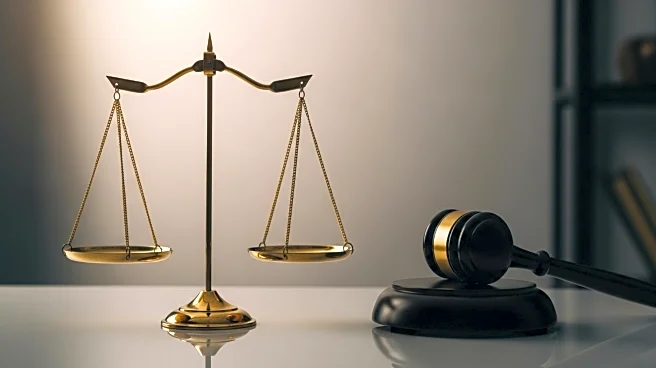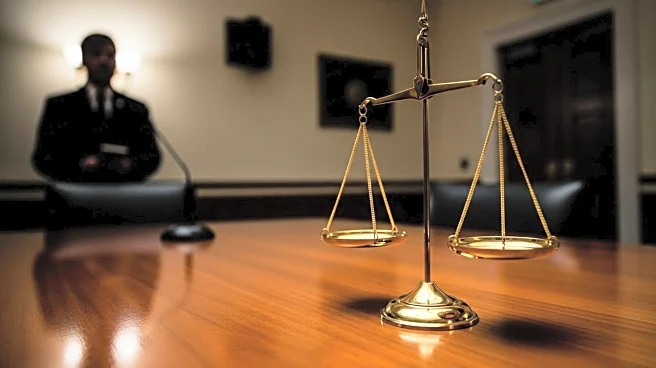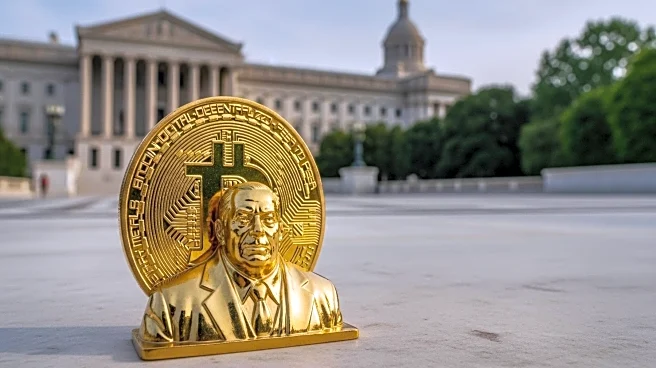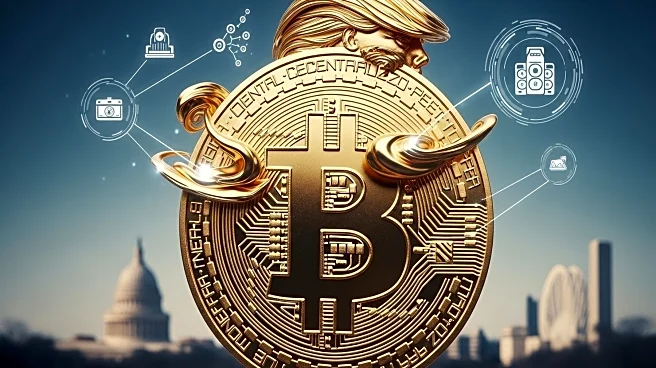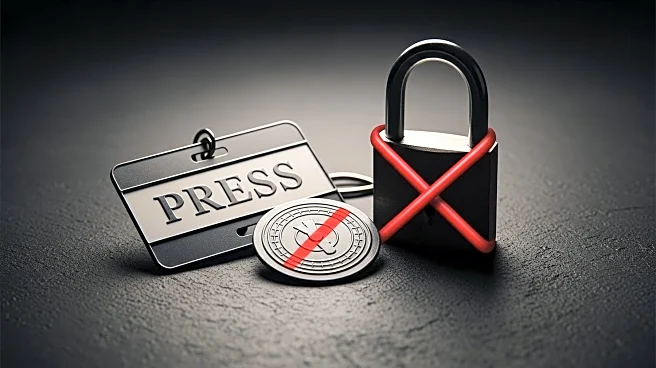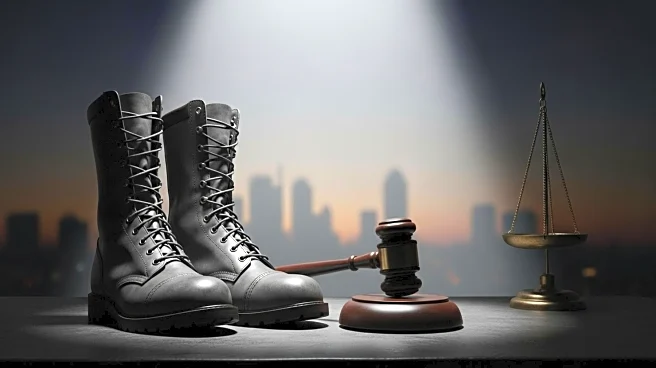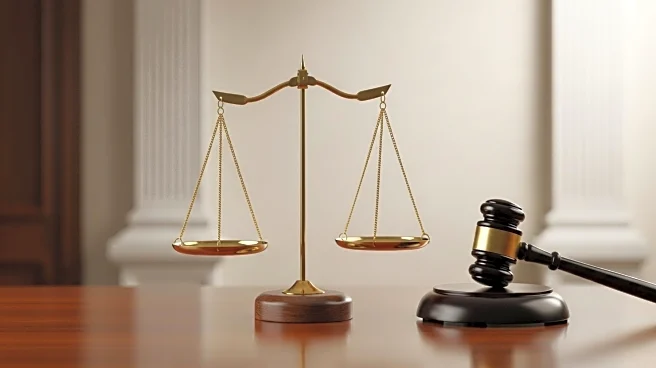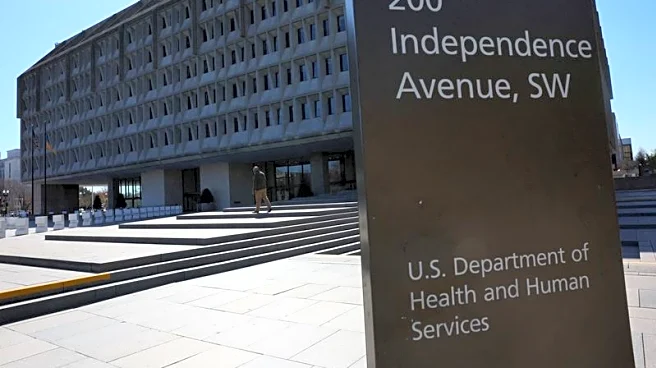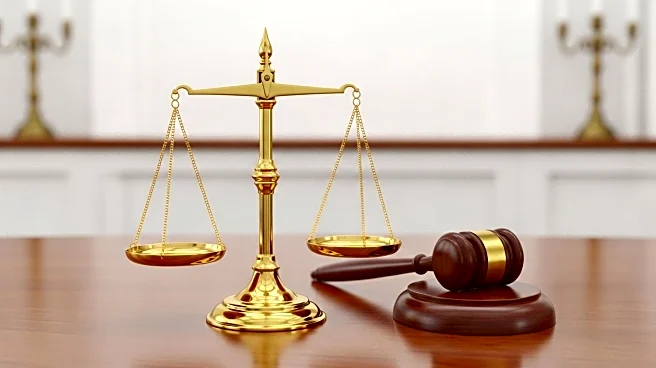What is the story about?
What's Happening?
During President Trump's federal surge in Washington D.C., helicopters from local and federal law enforcement agencies conducted extensive surveillance, hovering over neighborhoods day and night. This activity accounted for nearly 40 hours of flight time, frustrating residents opposed to the surge. The Washington Post identified 80 helicopters involved in the operation, using data from helicoptersofdc.com and real-time flight data. The analysis focused on circling behavior over D.C. neighborhoods, excluding flights over water and those not related to policing. The surge led to 470 arrests tracked by The Post, with crime data geocoded by Census tract.
Why It's Important?
The helicopter surveillance during President Trump's surge highlights the tension between law enforcement tactics and community impact. The increased aerial presence has raised concerns about privacy and the militarization of policing in urban areas. Residents' frustration reflects broader societal debates on the balance between security measures and civil liberties. The operation's visibility may influence public perception of law enforcement and government actions, potentially affecting political discourse and policy decisions regarding urban policing strategies.
What's Next?
The ongoing debate over the surge's impact may lead to calls for policy reviews and adjustments in law enforcement practices. Community leaders and civil rights organizations might advocate for greater transparency and accountability in surveillance operations. The situation could prompt discussions on alternative approaches to crime prevention and community engagement, aiming to reduce reliance on intrusive surveillance methods.
Beyond the Headlines
The helicopter surveillance raises ethical questions about the use of technology in policing and its implications for civil rights. It underscores the need for a balanced approach that respects individual privacy while ensuring public safety. The event may contribute to long-term shifts in public attitudes towards government surveillance and influence future legislative efforts to regulate such practices.
AI Generated Content
Do you find this article useful?


